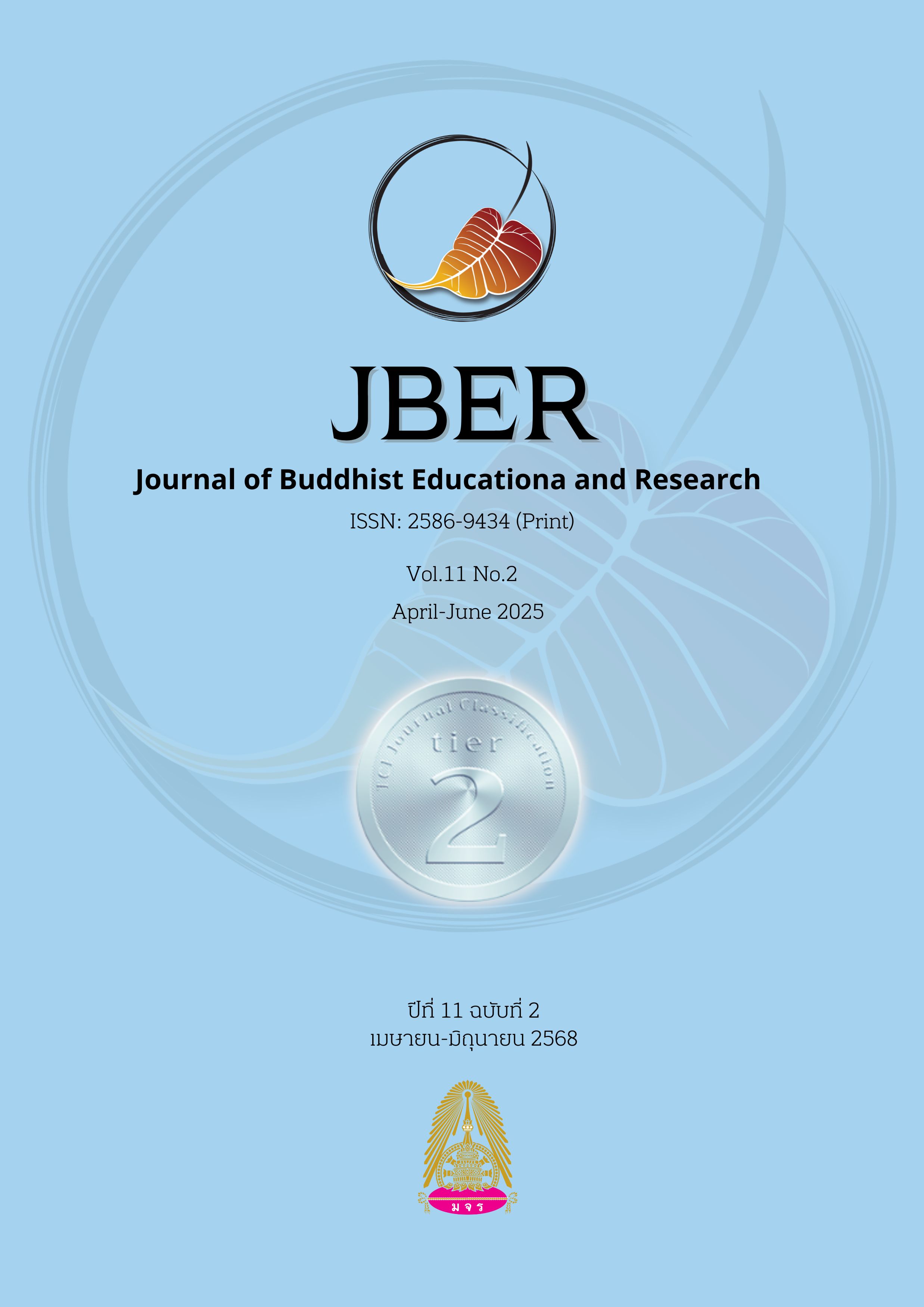The Impact of Social Media on Food Culture: A Comparative Analysis of Flavor, Tradition, and Identity in Thai and Indonesian Cuisines
Keywords:
social media, food culture, culinary identityAbstract
This study investigates how social media platforms such as Instagram, TikTok, and Facebook reshape culinary traditions and cultural identities in Thailand and Indonesia. Comparative analysis reveals differences in balancing traditional authenticity with digital innovation, highlighting both opportunities and challenges for culinary heritage preservation. This study explores how platforms like Instagram, TikTok, and Facebook transform food perception, consumption, and sharing in these two Southeast Asian nations. By comparing the role of social media in Thai and Indonesian food cultures, this paper examines how traditional flavors, culinary practices, and cultural identities are being preserved, adapted, and reimagined in the digital age. Through an analysis of viral food trends, influencer-driven content, and user-generated posts, the study highlights how social media has amplified the global appeal of iconic dishes like Thailand’s khanom buang (crispy crepes filled with sweet or savory meringue), and Indonesia’s Martabak, while also fostering new hybrid cuisines. The findings reveal that while both countries leverage social media to celebrate their rich culinary heritage, they differ in how they balance tradition and innovation. Ultimately, this study underscores the profound impact of social media on food culture, offering insights into how digital platforms are reshaping the culinary identities of Thailand and Indonesia in the 21st century.
References
Anwar, M. Z. (2022). Thailand’s halal gastro-diplomacy to Indonesia: A study from the glocalization perspective. Shahih Journal of Islamicate Multidisciplinary, 7(1), 1–15.
Berno, T. (2017). Will the real Pasifika cuisine please stand up? In E. Johnson (Ed.), Kai and culture: Food stories from Aotearoa (pp. 110–114). Freerange Press.
Berno, T., Dentice, G., & Wisansing, J. J. (2019). Kin kao laew reu young (‘Have you eaten rice yet’?): A new perspective on food and tourism in Thailand. In E. Park et al. (Eds.), Food tourism in Asia: Perspectives on Asian tourism (pp. 17–33). Springer Nature Singapore Pte Ltd. https://doi.org/10.1007/978-981-13-3624-9_2
Cambridge Dictionary. (2025). Gastronomy. In Cambridge English Dictionary. Retrieved February 27, 2025, from https://dictionary.cambridge.org/dictionary/english/gastronomy
Demetry, D. (2019). How organizations claim authenticity: The coproduction of illusions in underground restaurants. Organization Science, 30(4), 937–960. https://doi.org/10.1287/orsc.2018.1260
Google. (2023). Thai food recipes search trends in Indonesia (2022–2023). Google Trends. Retrieved February 27, 2025, from https://trends.google.com
IDN Times. (2025). 7 facts about After You Cafe Thailand, home of the viral milk bun. IDN Times. Retrieved February 28, 2025, from https://www.idntimes.com/food/dining-guide/wanudya-a/fakta-after-you-cafe-thailand-kafe-dengan-milk-bun-c1c2
Kaul, V. (2012). Globalization and crisis of cultural identity. Journal of Research in International Business and Management, 2(13), 341–349.
Kementerian Pariwisata dan Ekonomi Kreatif Republik Indonesia. (2022). Survey on Gen Z culinary consumption behavior in Indonesia. Kemenparekraf RI.
Matta, R. (2016). Recipes for crossing boundaries: Peruvian fusion. In S. I. Ayora-Díaz (Ed.), Cooking technology: Transformations in culinary practice in Mexico and Latin America (pp. 139–152). Bloomsbury.
Malu, K. F., & Smedley, B. (2016). English club forum. In English practice and social change outside the classroom (pp. 10–23). Retrieved from http://americanenglish.state.gov/english-teaching-forum/
Mustofa, A. Y., & Indah, R. N. (2023). Eliminating challenges and promoting autonomy: The power of the English club for high school students. PANYONARA: Journal of English Education, 5(2), 101–116. https://doi.org/10.19105/panyonara.v5i2.9230
Tan, C. B. (2019). Coconut milk in Southeast Asian cuisines. Journal of Southeast Asian Studies, 50(2), 234–250.
UNESCO. (2011). Indonesian rendang. In Representative list of the intangible cultural heritage of humanity. Retrieved from https://ich.unesco.org/en/RL/indonesian-rendang-01041
UNESCO. (2025, March 5). What you need to know about global citizenship education. Retrieved from https://www.unesco.org/en/global-citizenship-peace-education/need-know
Wongkitrungrueng, N., & Assarut, N. (2020). The role of social media in building food destination brand equity: The case of Thailand. Journal of Business Research, 117, 782–794. https://doi.org/10.1016/j.jbusres.2020.06.050
Downloads
Published
How to Cite
Issue
Section
Categories
License
Copyright (c) 2025 Journal of Buddhist Education and Research (JBER)

This work is licensed under a Creative Commons Attribution-NonCommercial-NoDerivatives 4.0 International License.





